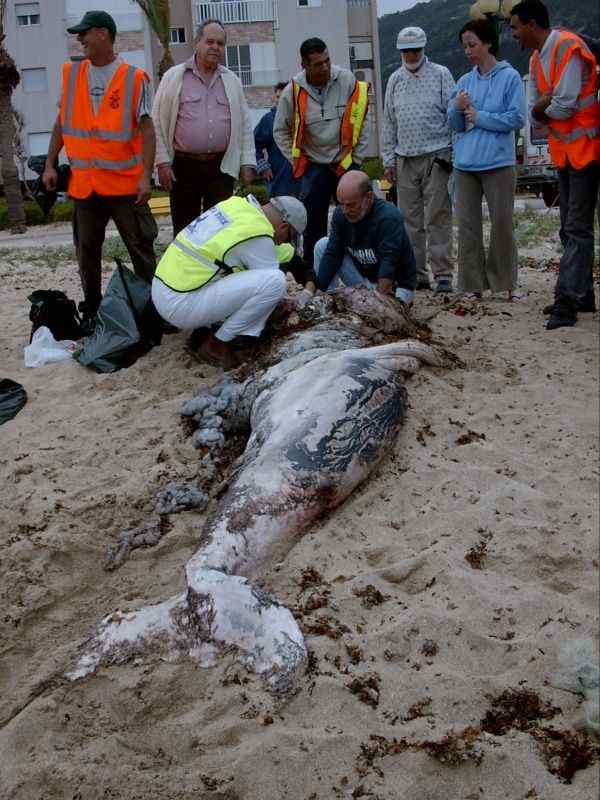A new study lists the areas where marine mammals must be protected from extinction. The Mediterranean is one of them

Starting with the largest of the mammals - the blue whale through dachshunds and walruses to (sea) otters, all marine mammals are under pressure caused by human activity.
Injury by a deliberate or accidental hunter, poisoning, injury by swallowing plastic and even more injury as a result of the warming of the water and the increase in acidity due to the levels of DTP in the atmosphere.
In many cases the marine mammals are the top predators, therefore harming them can cause the destruction of the entire system. Marine mammals are common in almost all bodies of water (fresh and salt), but according to Sandra Pompa of the National Autonomous University of Mexico, who publishes her findings in: Proceedings of the National Academy of Sciences, eleven regions constitute Home" for mammals that are not found anywhere else.
The researchers call these areas "irreplaceable", among the 11 areas they mention the Hawaiian Islands, the Galapagos Islands, the Amazon River, the Juan and Fernandez Islands (off the coast of Chile), the Caspian Sea, Lake Baikal, the Yellow River (China), the Ganges Rivers and the Indus, the Kargolan Islands (southern Indian Ocean), (and ours will be of direct interest): according to the researchers, one of the most important areas for preservation and protection is the Mediterranean Sea.
Added to that are nine other sites and together they hold 84% of all marine mammals, the other nine sites are: the coasts of Baja California, a significant part of the east coast of America (which includes: Colombia, Venezuela, Peru and Argentina), Cuba, Hispaniola, as well as the south and west coasts Africa, the coast of Japan, the coast of Australia and New Zealand. That is, locating and identifying twenty important areas where conservation efforts should be concentrated.
For three species of monk seal in the Caribbean, the gray whale of the Atlantic Ocean and the Steller's manatee, detection or conservation efforts will not help as they were already extinct in the late 19th and early 20th centuries due to hunting, some were hunted for their fur, others for their fat and meat . The last marine mammal to be declared extinct in 2008 was the baiji, a dolphin that was common in the Yellow River in China.
Another dolphin species that is on the verge of extinction is the vaquita which may still live in the northern Gulf of California. And again in our immediate vicinity, in the Mediterranean, the monk seal is becoming extinct.
In a previous list I wrote that "only 1% of all ocean areas receive protection, with a tiny portion of them defined as reserves". The published research will be an important tool for conservation organizations and governments, a tool with which they will make efforts to preserve our environment.
for the news about the study that was published in the general press
